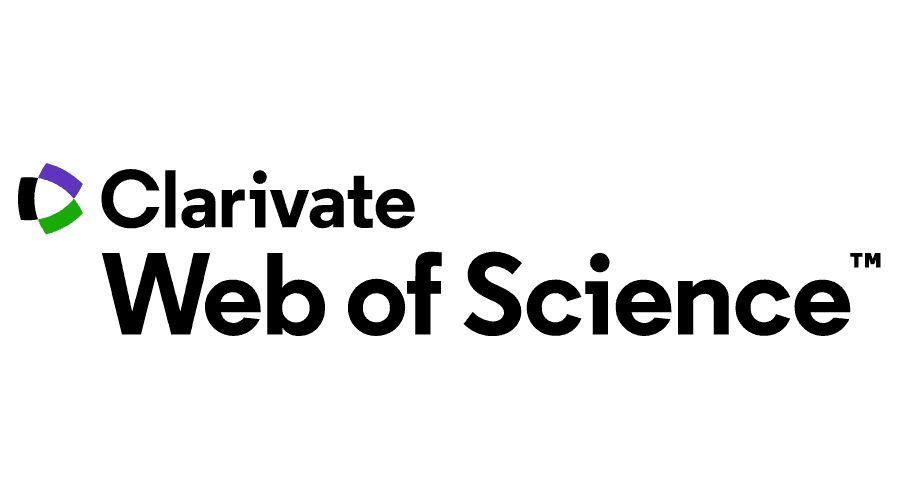DETERMINATION OF PHYTOCHEMICAL ANALYSIS OF DRIED PLANTAIN LEAF (Musa paradisiaca)
DOI:
https://doi.org/10.60787/apjcasr.Vol9No1.49Keywords:
Musa, components, Paradisiaca, leaf, dried, PhytochemicalsAbstract
The analysis of the phytochemical component of the dried leaf of Musa paradisiacal (Plantain leaf) were carried out by standard analytical method. The calculate of the percentage contents were done using milligrams per milliters (mg/ml). The results shows that Alkaloid content were 9.25 + 0.02, Saponnin content were 3.99 + 0.03, Flavonoid content were 1.96 + 0.47, tannins were 2.89 + 0.60 while the content of cynogenic glycoside were observed to be 1.41 + 0.59. The results indicate that Musa paradisiaca leaf has a higher contents of alkaloid while cynogenic glycoside and flavonoid had the least concentrations. Musa paradisiacal has been used traditionally treating different kind of ailments such as typhoid, fever, inflammatory boil, malaria, stomach ulcer, etc. by different communities in Nigeria. The results obtained in this analysis has proved the medicinal properties of the plant as an evident.
References
Heltiaratchi, U. P. (2011). Chemical compositions and glycaemic responses to banana varieties. Int J. Food Science Nutri. 62 (4): 307-309.
Jachak S. M. and Saklani, A. (2007). Challenges and opportunities in drug discovery from plant. Curent science, 92(9): 1256-1257. Jenifer thomsan (2014). Africa".
Kumar, P. R, Srivastava, S., Singh, K. K, method, p. s. (2014). Study of antioxidant and antimicrobial properties, phytochemcal screening and analysis of sap extracted from banana (Musa acuminate) pseudostem. International journal of advance biotechnology and research, 5(4): 649-658.
Laksham, K., Divay, T. and Nirmala, Y. (2012). Hepato-protective activity of Musa paradisiacal onexperimental animal models, Asian Pacific Journal of Tropical Biomedicine, 2(1): 11-15.
Mokbel M.S. and Fumio, H. (2005). American journal of biochemistry and biotechnology. 1(3): 125
Office of the gene technology regulator the biology of Musa L. (banana) (2008) Australian government.
Okorondu, S. I., Akuyobi O. O. and Nwachukwu I. N 2012). Antifungal properties of Musca Paradisiacą peel and stalk extracts. International pharmacological study of t he muscle paralyzing activity of the juice of the banana trunk, (1991). 29: 511-515.
Shukla, R. N., Surjeet, S., Nibhriti, D., Madlhika, B. and Sanwal, G. G. (1973). Carbohydrate metabolism in Musa paradisiacal. Photochemistry. 42 (6): 1523 -1525.
Stover R. H. and Simmonds, N. N. (1987). Engind: Longman 9-13.
Tbrahim, D. and Osman, H. (1995). Antimicrobial activity of from Malaysia. Journal of ethnophrarcolog, 45 (3): 151-156
Thenmozhi, M. and Sivaraji, R. (2010). Phytochemical analysis and antimicrobial activity of polyalthia longifolia. International Jounal of Pharma. And Bio Sciences, 1 (3):1-7.
Downloads
Published
Issue
Section
License
Copyright (c) 2024 Akwapoly Journal of Communication & Scientific Research

This work is licensed under a Creative Commons Attribution-NonCommercial-NoDerivatives 4.0 International License.








